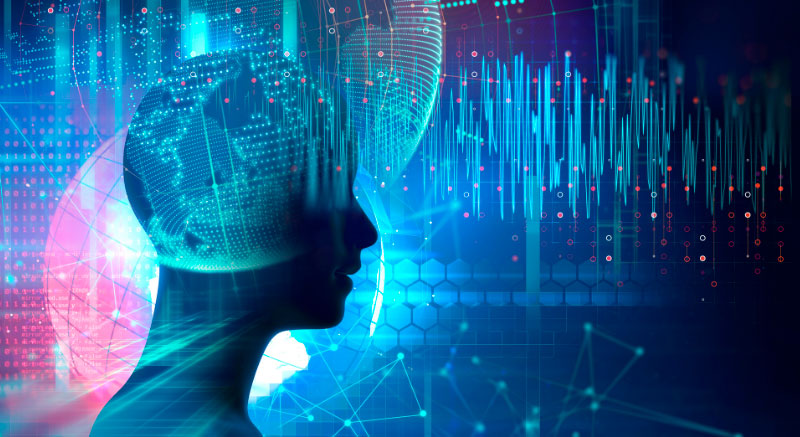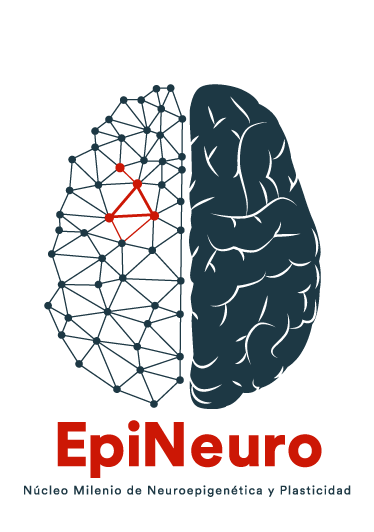About
What is known about how memories are made, stored and recalled?
Memory is crucial for our mental health and defines who we are. But what if you just read a text once and can remember it perfectly well for your exam at the end of the semester? And, what if you could remember all the details of that fantastic party for years to come? Currently, we have very little control over which memories we store and which we forget. Moreover, we tend to retain negative memories more than positive ones. But why can´t we effectively control and manipulate our own memories? This is mainly because we haven’t figured out all the details about how memory works at the molecular level.

Acquiring new knowledge (learning) and retaining it for extended periods of time (memory) are two of the most magical capabilities of our mind. Studies in neuroscience during the last five decades has succeeded in establishing that long-term memories are not created in an instant but require “memory consolidation”, a dynamic process that involves three steps: encoding (or acquisition), storage, and retrieval (or recall). We also have learned that upon a learning experience, a sparse population of neurons -called engram cells- are activated in the brain that enable a memory trace to be stored indelible. For example, when you received a beautiful red bike for your 10th birthday, hippocampal engram cells collaborated to create a memory of the bike along with the context of the party. This encoded memory was stored in your brain, ready to be recalled even decades later by external sensory (e.g., a picture of a bike or a party) or internally generated cues (e.g., mental imagery).
Recent cellular and molecular studies have also discovered that engram cells undergo persistent structural and functional changes in synaptic connections between neurons that strengthen the neuronal network. These so-called neuronal plasticity changes depend on the coordinated expression of plasticity-related genes (PRGs).
What mystery is EpiNeuro going to address?
Despite the advances in engram research, the precise mechanisms governing the expression of PRGs remain poorly understood. Our Millennium Nucleus of Neuroepigenetics and Plasticity (EpiNeuro) aims to advance our comprehension of the fundamental molecular mechanisms that regulate gene expression in memory formation and consolidation. We focus our studies on changes in the epigenetic landscape (i.e., enrichment of activate epigenetic marks) and in the 3D chromatin architecture (i.e., enhancer-promoter interactions, EPIs) to regulate transcription patterns of PRGs in engram cells. The general goal of EpiNeuro is to identify primed/activated enhancers and EPIs that mediate transcriptional bursts of PRGs in engram neurons required for neuronal plasticity and memory.
Why is it important to generate basic scientific knowledge on memory formation?
In addition to understand how experience induces long-lasting changes in the healthy brain, the discoveries of EpiNeuro can directly contribute to understanding what is going wrong in memory disorders, such as Alzheimer’s disease and frontotemporal dementia. We believe that our findings also could help in addressing critical ethical issues (Neurodata & Neurorights) raised by neuroscience research and emerging cutting-edge technological applications such as EEG-based brain-computer interfaces, that will profoundly impact our society in the coming years.

